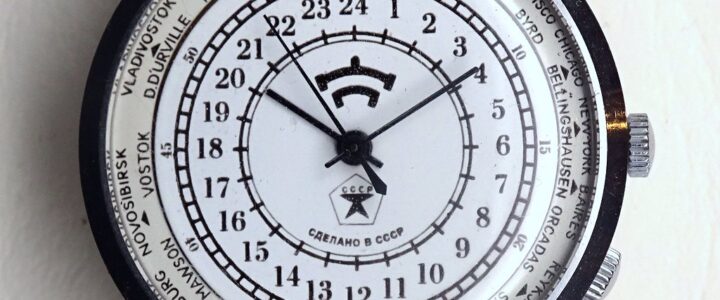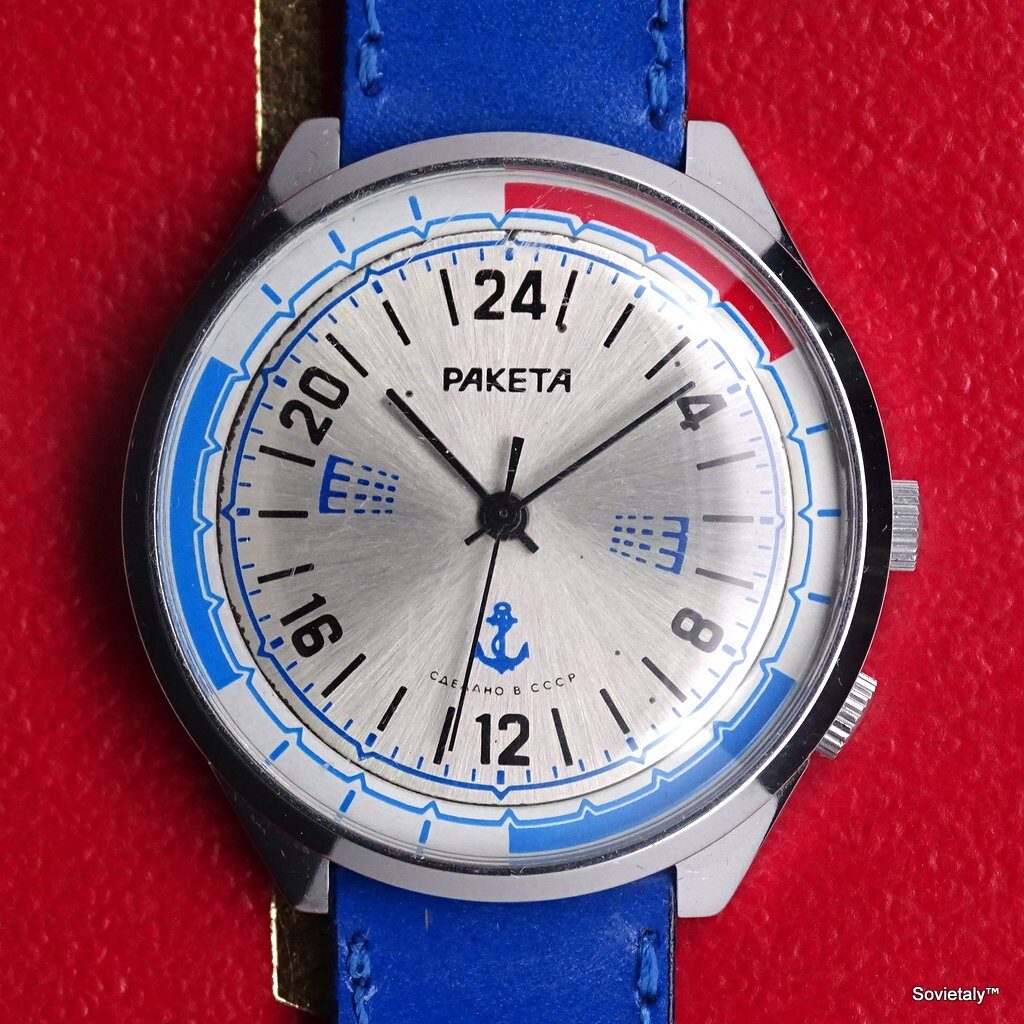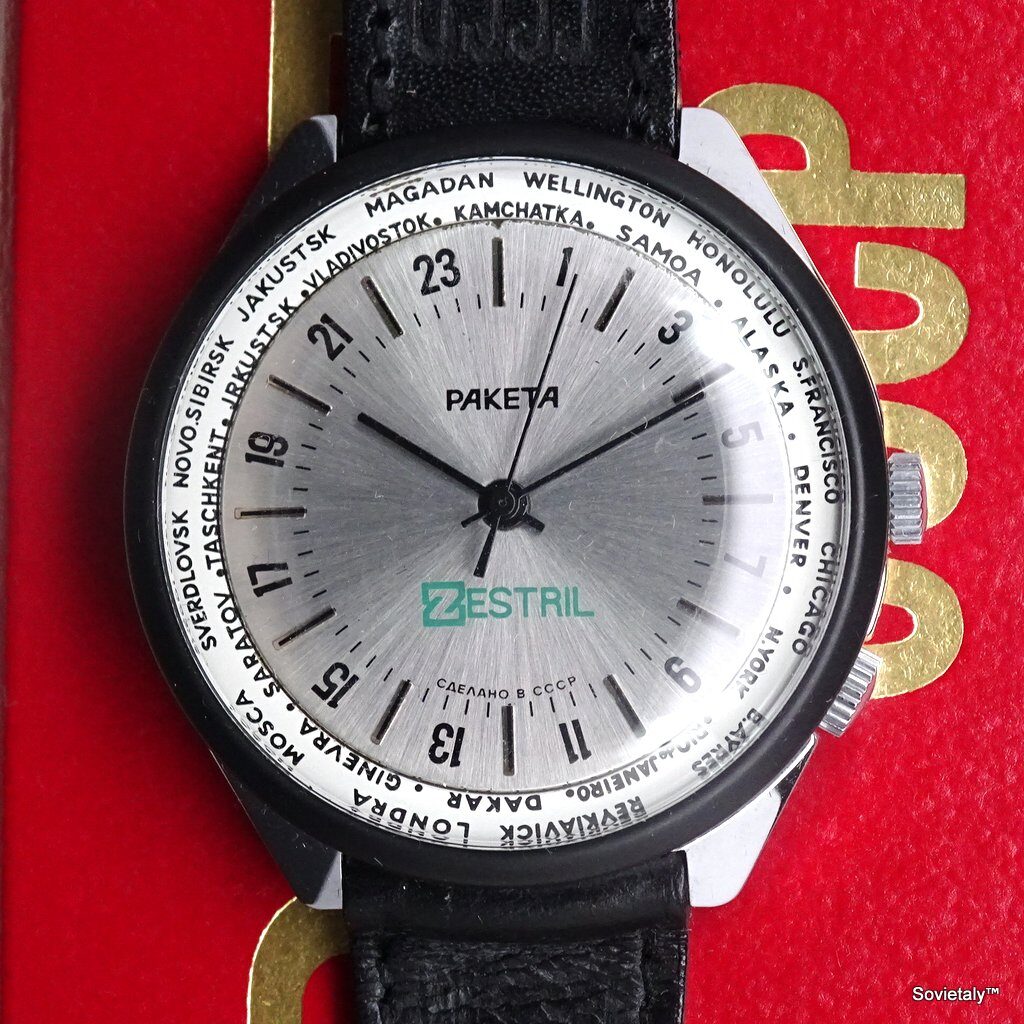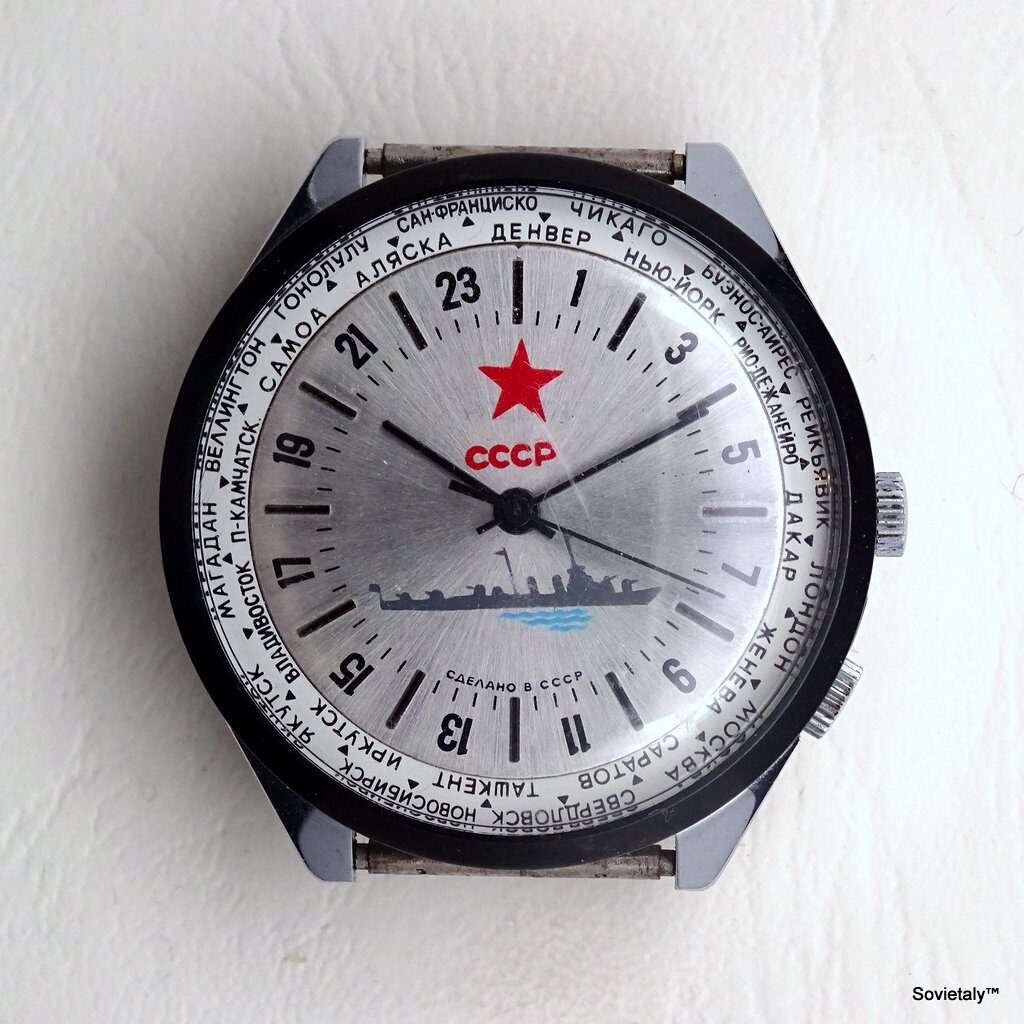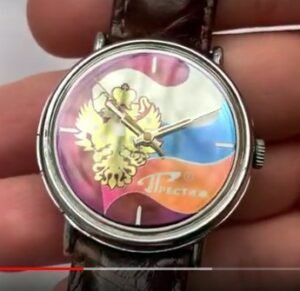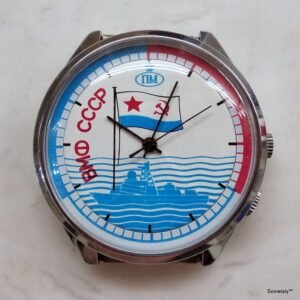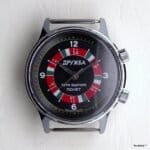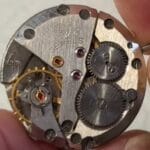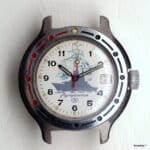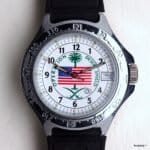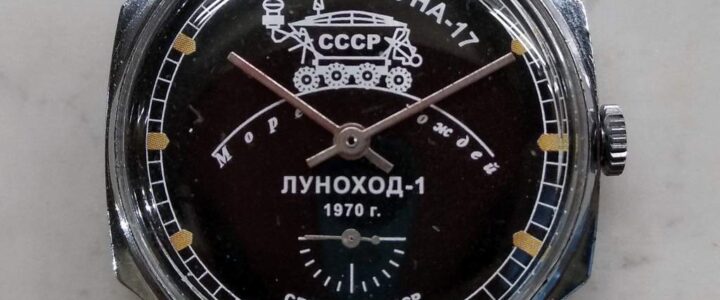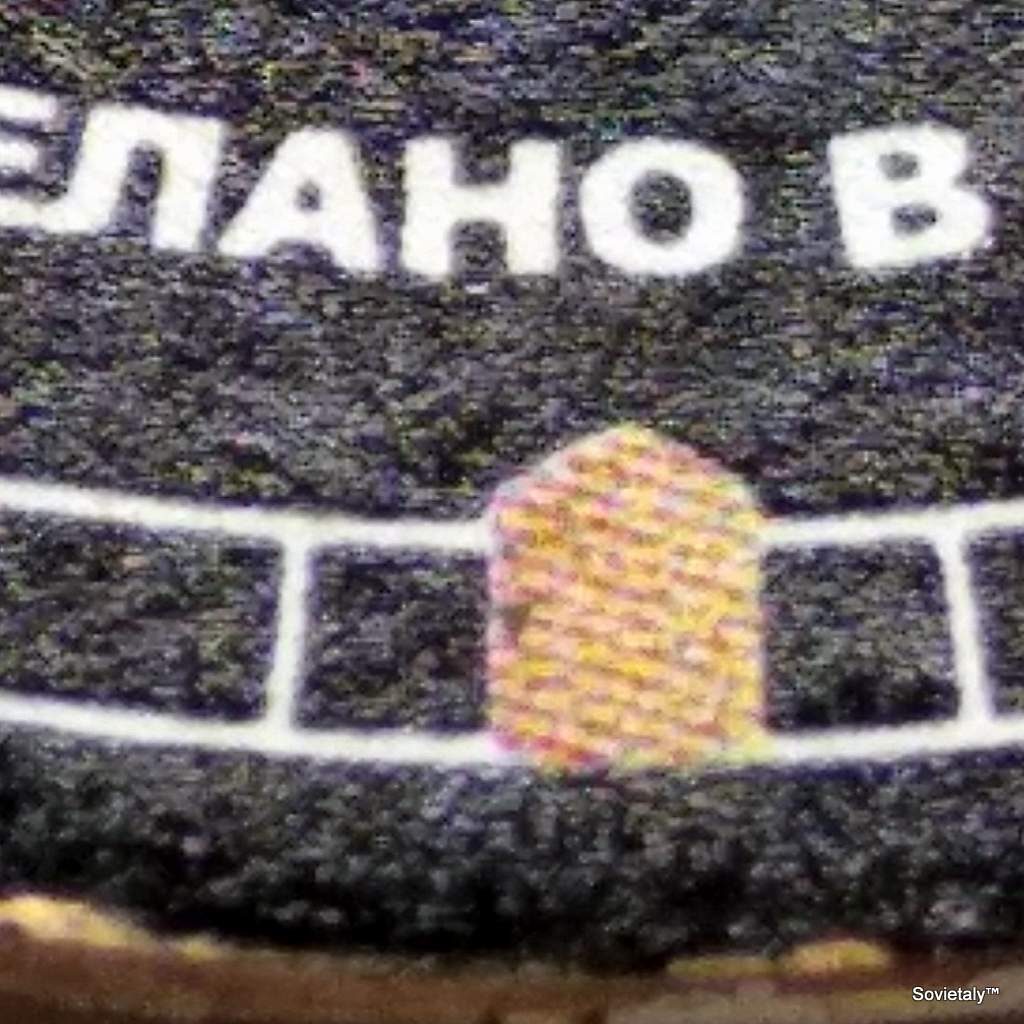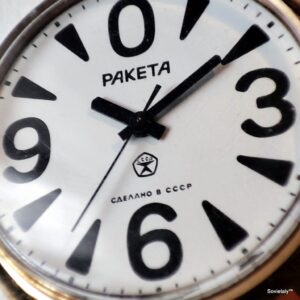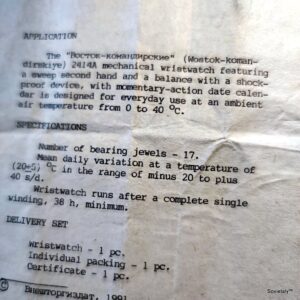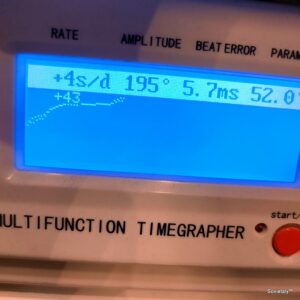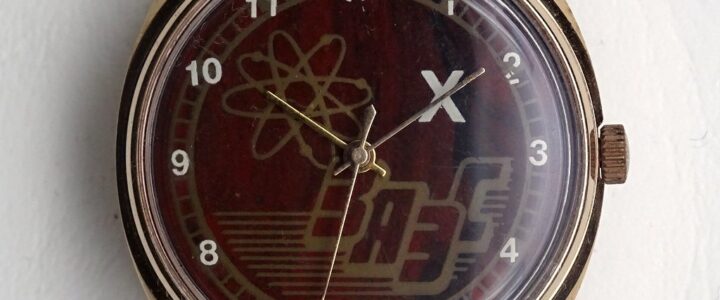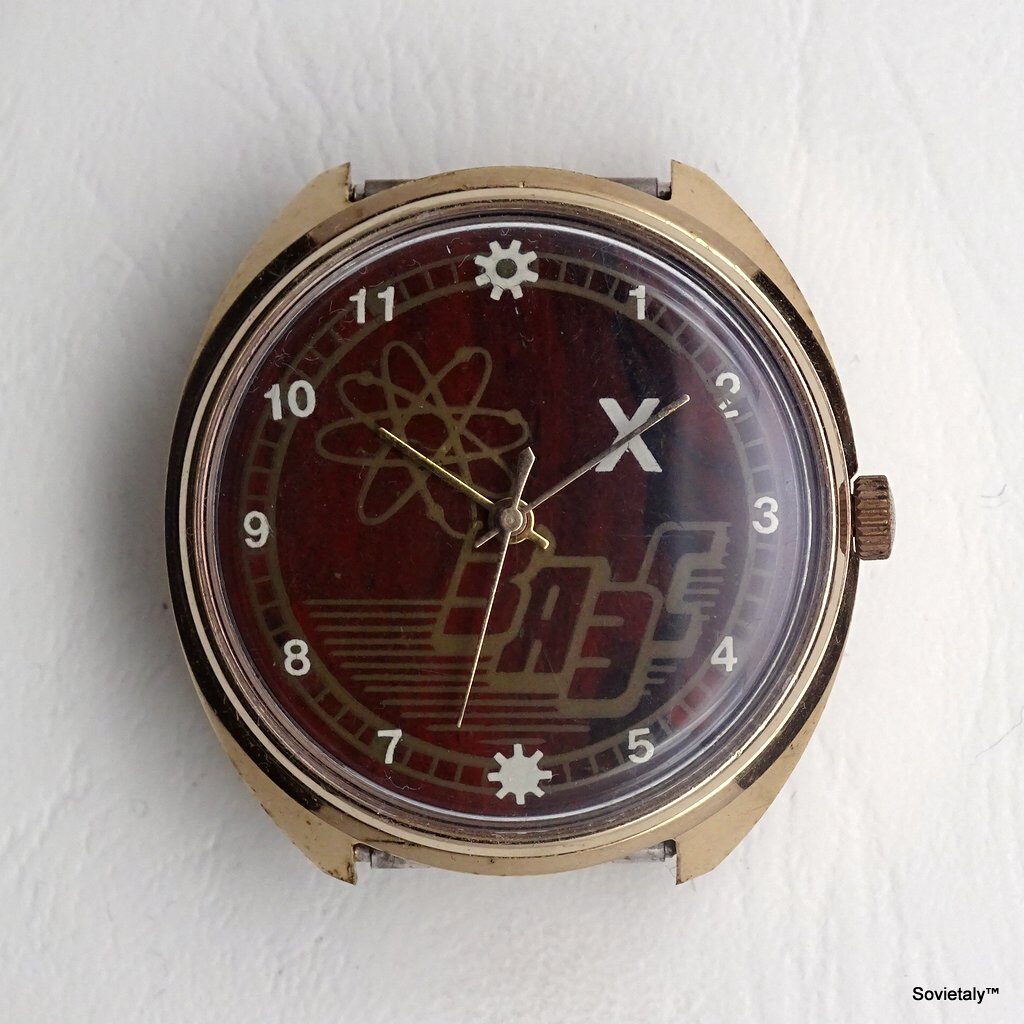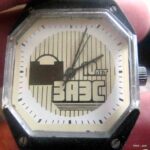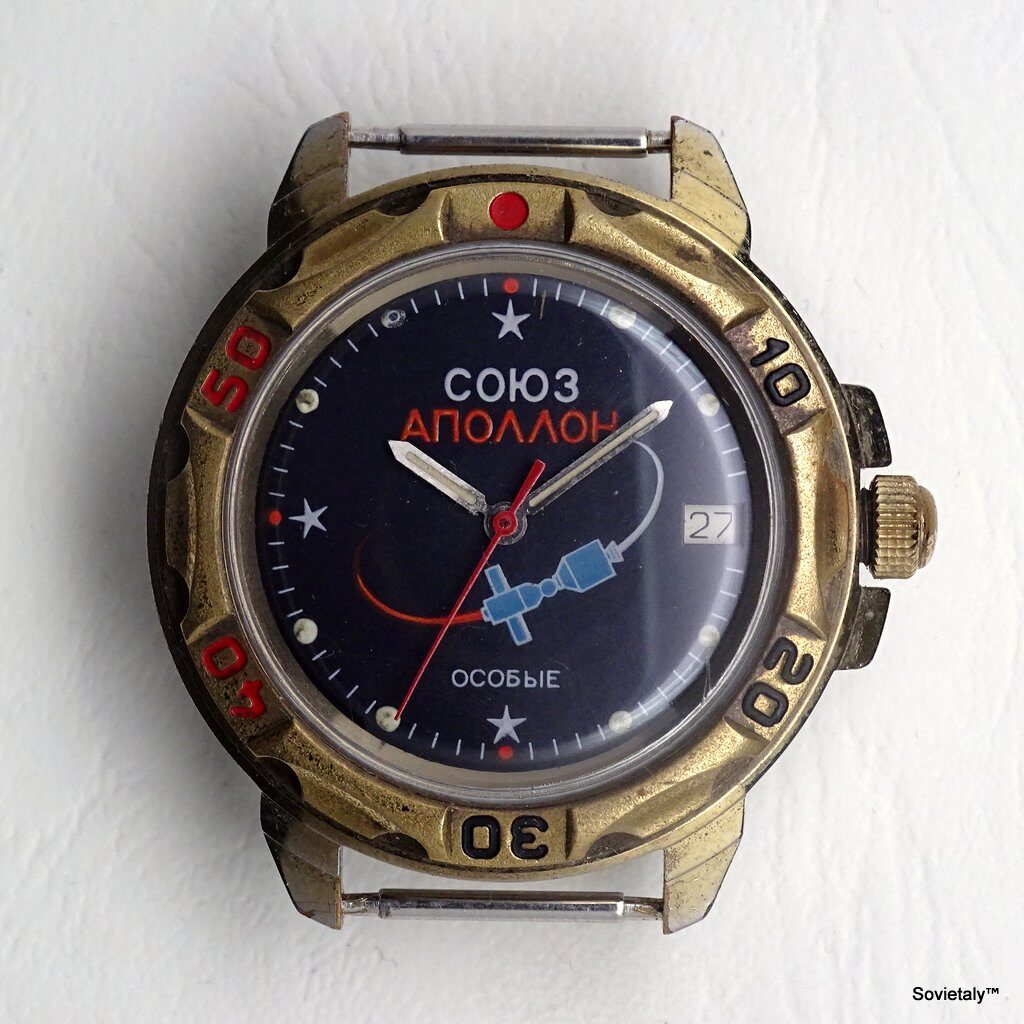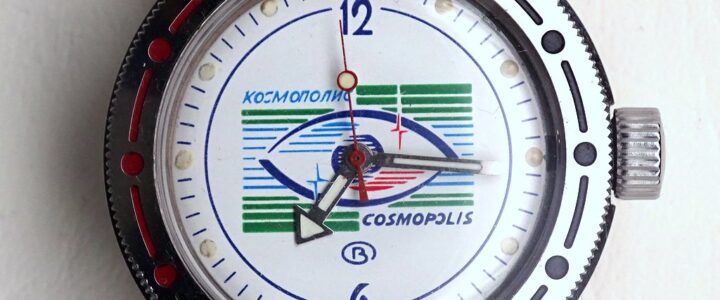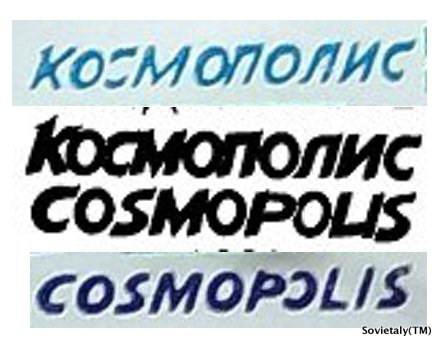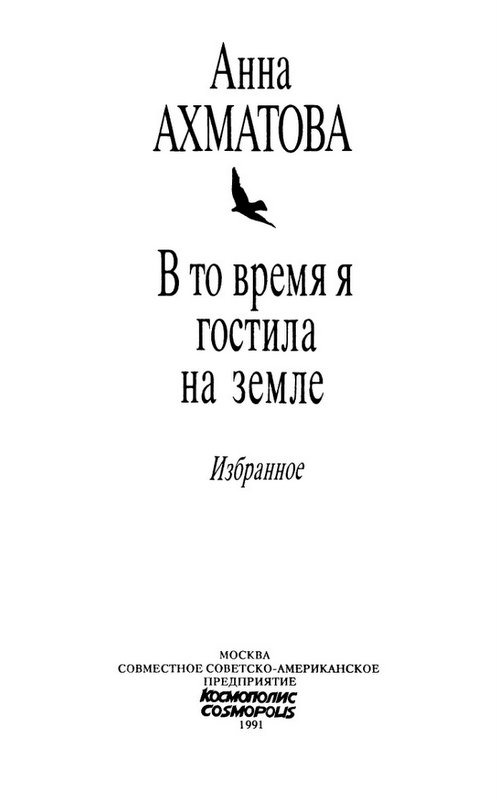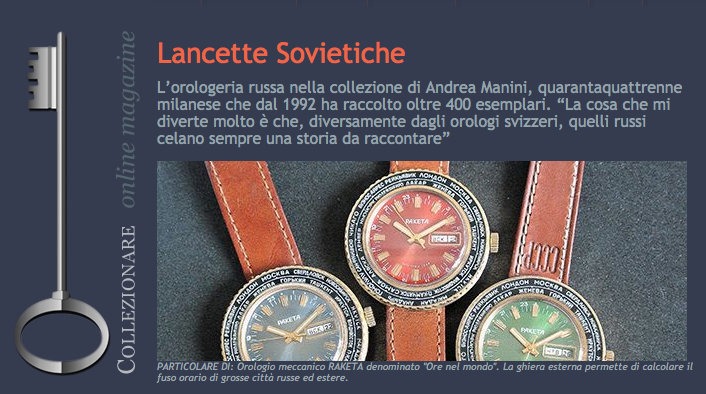This is an interview with Novikov and Belova, the inventors and developers of the Amphibia project.
Mikhail Fyodorovich Novikov and Vera Fyodorovna Belova, Developers of the Amphibia Watches
The developers of the Amphibia watches, Mikhail Fyodorovich Novikov and Vera Fyodorovna Belova. Image from a video by Vyacheslav Medvedev.

In 1967, a peculiar event caught the attention of many: a “Volga” car drove over a watch. This was not an accident but a public demonstration of the extraordinary capabilities of the Amphibia, the first Soviet waterproof watch. The article describes this moment as follows:
«…10 …7 …5. Неумолимо, метр за метром движется колесо машины. Затаив дыхание, застыли люди. Что же будет? … Три … метр и, наконец, произошло то, чего с таким любопытством ожидал собравшийся здесь народ: колесо «Волги» переехало… часы» (…10 …7 …5. Relentlessly, metre by metre, the car’s wheel moves forward. People hold their breath, motionless. What will happen? … Three … metres and, finally, what the crowd gathered here was so curiously expecting happened: the wheel of the Volga ran over… the watch.)
The creators of the Amphibia, Mikhail Novikov and Vera Belova, tell us about the genesis and peculiarities of this revolutionary watch. Novikov, then head of the New Developments Bureau, was tasked with designing a watch that could compete with the best foreign models, ensuring reliable operation up to 200 metres in depth and resistance to significant variations in pressure and temperature.
Novikov M.F.:
“The challenge was to develop a watch that was not inferior to foreign models and that ensured reliable operation up to a depth of 200 metres, in conditions of great pressure and temperature variations. The name ‘Amphibia’ was chosen through an internal competition, representing a being that feels at home both in water and on land.”
The design of the Amphibia required the adoption of innovative technical solutions to avoid patent issues and to overcome the limitations of the available technology. For example, the watch glass was designed with a special profile to withstand extreme pressures, while the rubber gasket was developed with highly specific materials to ensure perfect watertightness.
Belova V.F.:
“The glass of the Amphibia is thicker than normal: 3 mm compared to the 2 mm of the ‘Komandirskie’ watches. Not only are the thickness and configuration different, but the manufacturing process is also special. The glass is polished to ensure a perfect seal under high pressure.”
Belova emphasises that the processing of the Amphibia glass required extreme precision, with a production process that included polishing to ensure the absence of any imperfections. The watch case’s resistance was further enhanced using stainless steel, a material that was not common for this type of application in the USSR at the time.
Novikov M.F.:
“It seemed that we could simply copy foreign models, but many of their solutions were patented. Moreover, our equipment could not guarantee the necessary precision. We had to find solutions that were just as effective but without infringing existing patents.”
The Amphibia was not just a water-resistant watch; it was an engineering masterpiece. Every detail, from the rubber gasket to the stainless steel case, was designed to overcome the toughest challenges. Novikov and Belova, with their dedication and innovation, managed to create a watch that would mark an era.
In addition to the civilian version, a military version of the Amphibia, called the NVCH-30, was developed for Soviet Navy divers. These models were subjected to rigorous tests of resistance and operation, including drills simulating sea rescue scenarios.
Belova V.F.:
“These watches were tested with very rigorous programmes. Even the strap had to pass extreme resistance tests. The strap’s connection to the NVCH-30 looked a bit strange but was extremely robust.”
The legacy of the Amphibia lives on today as a symbol of innovative engineering and durability. Novikov and Belova, with their vision and expertise, have left an indelible mark on the history of watchmaking.



